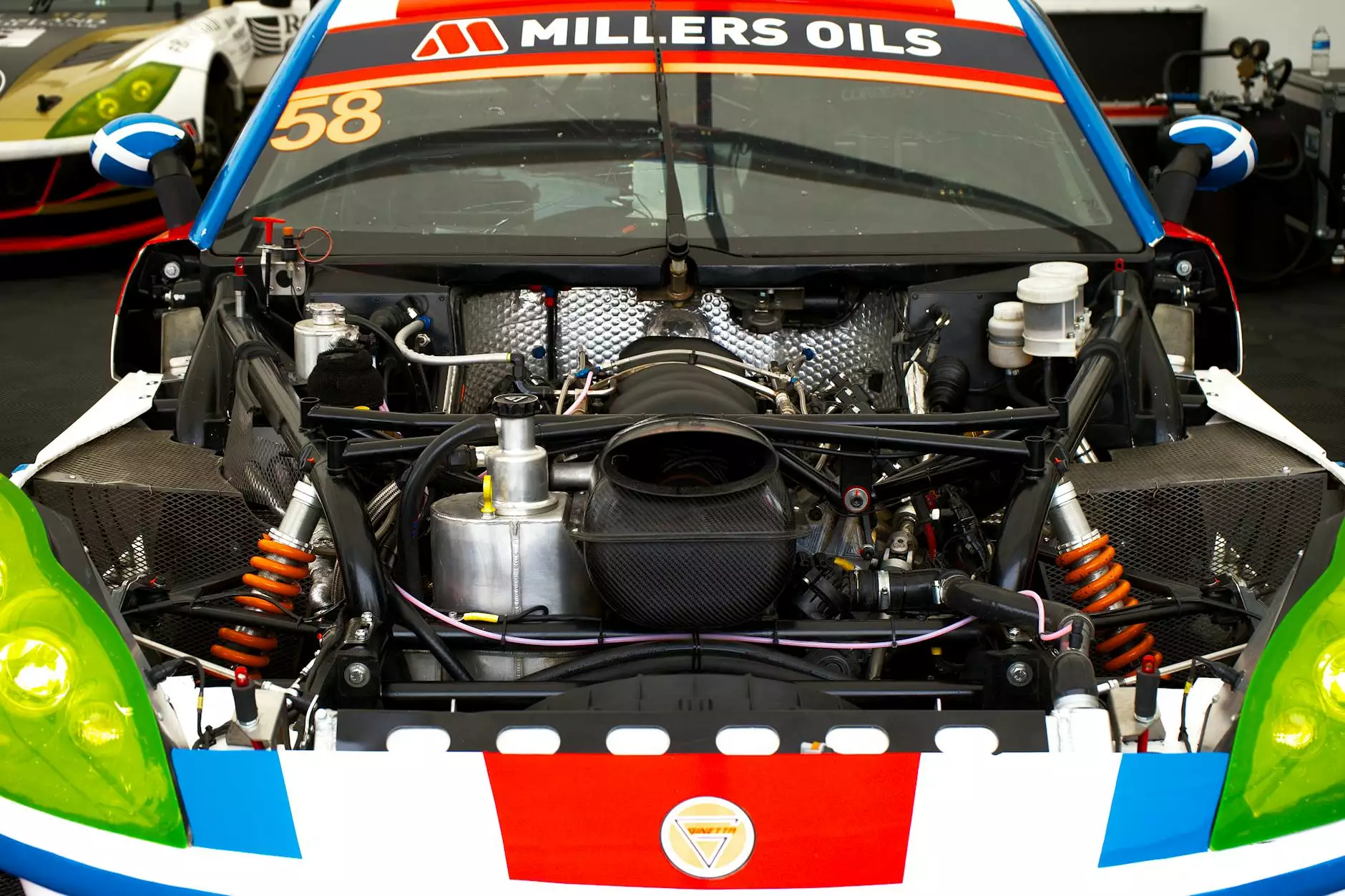Unlocking the Power of Image Annotation Tools for Machine Learning

In the rapidly evolving world of artificial intelligence (AI) and machine learning (ML), the importance of high-quality data cannot be overstated. At the heart of any successful machine learning model lies accurate, well-annotated data. Among the various types of data, image data is particularly critical, making image annotation tools for machine learning indispensable in the data preparation process. This article delves deep into how these tools work, their benefits, and their role in enhancing the capabilities of AI systems.
Understanding Image Annotation in Machine Learning
Image annotation involves the process of identifying and labeling objects within images. This step is vital for teaching machine learning models to recognize patterns, objects, and even facial expressions. It encompasses various techniques, including:
- Bounding Boxes: Enclosing objects in rectangular boxes to identify their locations within the image.
- Semantic Segmentation: Assigning a class label to every pixel in the image, thus providing more detailed information.
- Landmarking: Identifying specific points, often used in facial recognition and other applications.
- Polygons: Outlining irregular shapes that cannot be captured by simple bounding boxes.
The diverse nature of image annotation allows for a rich dataset, ready to train powerful machine learning models.
The Importance of Image Annotation Tools
As the demand for accurate and efficient image classification has surged, the need for sophisticated image annotation tools has grown correspondingly. Here are some key reasons why these tools are crucial:
1. Enhancing Data Quality
High-quality data is essential for the success of any machine learning project. Image annotation tools provide a structured approach to data labeling, ensuring consistency and accuracy across the dataset. With automated features and user-friendly interfaces, these tools help reduce human error, thereby improving the quality of annotations.
2. Increasing Efficiency
Manually annotating images can be a time-consuming task, especially when dealing with large datasets. Automated image annotation tools streamline the process, significantly reducing the time spent on data preparation. By leveraging advanced algorithms, these tools can annotate images quickly and accurately, allowing data scientists to focus on model training and optimization.
3. Scalability
As businesses grow, so does the volume of image data they need to process. Image annotation tools can easily scale to accommodate increasing datasets, ensuring that businesses can meet their evolving needs without sacrificing quality.
4. Collaboration Across Teams
Modern image annotation tools often come with collaborative features, allowing multiple team members to work on the same project simultaneously. This capability enhances productivity and fosters an environment where teams can share insights and improve the annotation process collectively.
Key Features of Image Annotation Tools
When selecting an image annotation tool for machine learning, it’s essential to consider the core features that will support your projects effectively. Here are some critical features to look for:
1. User-Friendly Interface
The usability of an annotation tool is paramount. A clean, intuitive interface allows users, regardless of their technical background, to navigate and utilize the tool efficiently. This accessibility ensures that teams can start annotating without a steep learning curve.
2. Wide Range of Annotation Types
A robust image annotation tool should support various types of annotations. This versatility allows users to implement the most suitable annotation technique for their specific use case, whether it’s bounding boxes for object detection or semantic segmentation for image classification.
3. Integration Capabilities
Integration with existing workflows and platforms is crucial for seamless operation. Look for annotation tools that can easily integrate with your machine learning frameworks, cloud storage solutions, or data management systems.
4. Collaboration Tools
Features that facilitate team collaboration—such as comment sections, tagging, and centralized project management—can significantly enhance the annotation process. These functionalities help teams work more efficiently, ensuring consistency in annotations.
5. Advanced Automation
Tools that offer machine-assisted annotation or automation features can greatly reduce the time and effort required for data preparation. This is particularly beneficial for large datasets, where manual annotation would be impractical.
Choosing the Right Image Annotation Tool
With a plethora of image annotation tools available in the market, selecting the right one can be daunting. Here are some considerations to help you make an informed decision:
1. Project Requirements
Assess the specific needs of your project. Consider the type of images you will be annotating and the required accuracy levels. Different projects may necessitate different annotation methods and tools.
2. Cost Considerations
Budget constraints can significantly affect your choice of image annotation tools. While some tools may offer extensive features, they can also come with a hefty price tag. Ensure you evaluate the cost against the value the tool provides to your specific use case.
3. Trial Versions
Many annotation tools offer free trials or demos. Take advantage of these to assess the tool's capabilities, usability, and how well it fits with your team’s workflow before committing.
4. Customer Support
Robust customer support can make a significant difference, especially during the implementation phase. Check the availability of customer support services and the types of resources they offer, such as tutorials and documentation.
The Future of Image Annotation Tools in Machine Learning
The field of machine learning is constantly evolving, with new challenges and opportunities arising regularly. The future of image annotation tools is poised to be shaped by several trends:
1. Enhanced Automation and AI Integration
As AI technology continues to advance, we can expect to see even more sophisticated automation features within image annotation tools. These innovations will streamline the annotation process further, allowing for quicker turnaround times and less reliance on manual work.
2. Greater Customization
The need for tailored solutions will continue to grow. Future image annotation tools will likely offer more customization options, allowing businesses to adapt the tools to their specific workflows and requirements.
3. Improved Collaboration Features
As remote work becomes more common, the demand for collaborative features will increase. Future tools will likely prioritize real-time collaboration, allowing teams to annotate and analyze data collectively regardless of geographical location.
Overall, the trend suggests a dynamic landscape where image annotation tools will become more integral to the machine learning process.
Conclusion
In conclusion, image annotation tools for machine learning are vital components for any business venturing into AI and machine learning. They enhance data quality, improve efficiency, and pave the way for scalable solutions. By selecting the right tool tailored to their specific needs and keeping an eye on future trends, businesses can harness the full potential of their image data. Keylabs.ai offers a suite of powerful data annotation solutions designed to meet the diverse needs of organizations aiming to excel in the competitive landscape of machine learning.
For more insights into leveraging data annotation tools effectively, explore our resources at Keylabs.ai today!









